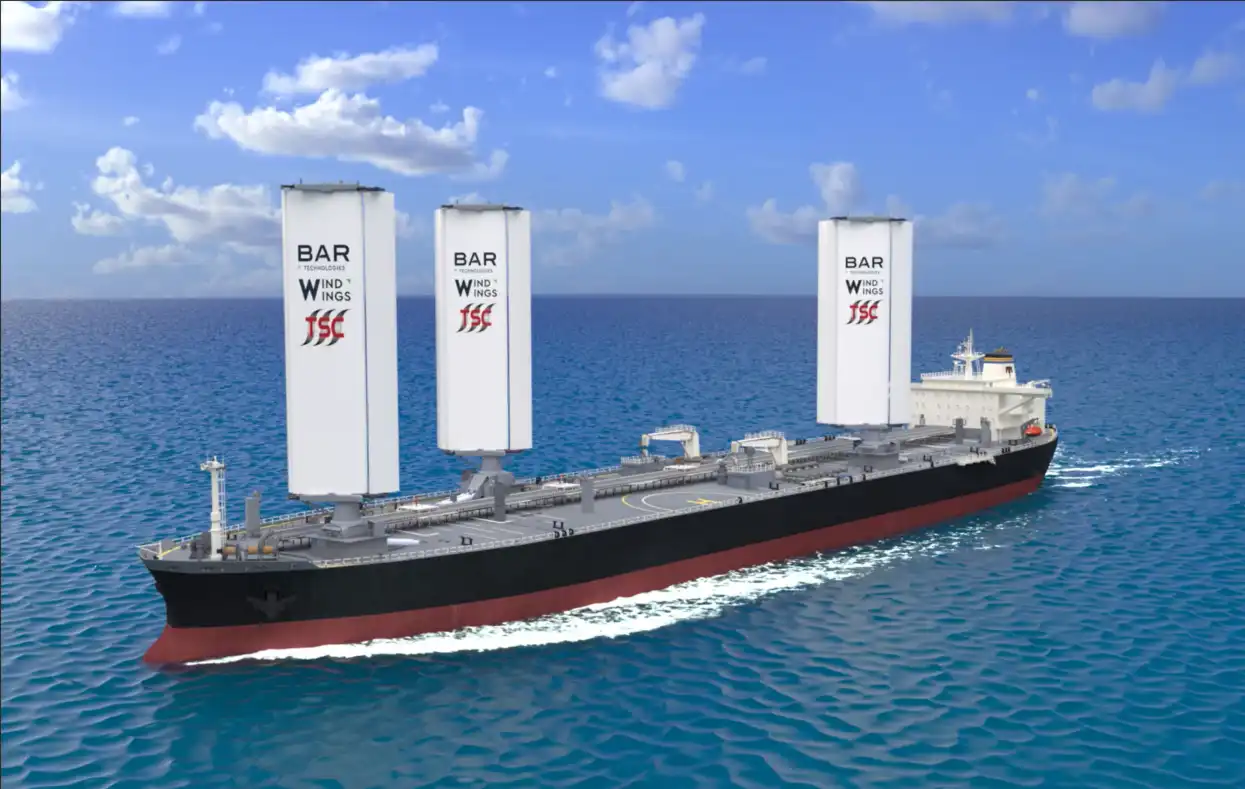Impact of high humidity on WAPS components
High humidity environments present unique challenges for WAPS components. The presence of excessive moisture in the air can lead to several issues that may affect the overall performance and durability of the system.
Corrosion and material degradation
One of the primary concerns in high humidity conditions is the increased risk of corrosion, especially for metal components. Moisture can accelerate oxidation processes, potentially compromising the structural integrity of WAPS elements. This is particularly relevant for systems like WindWings®, which incorporate both steel and composite materials in their construction.
To combat this issue, CM Energy has invested in advanced corrosion-resistant materials and protective coatings for their WAPS products. These innovations help ensure that the systems can withstand prolonged exposure to humid environments without significant degradation.
Electronic component reliability
WAPS rely on sophisticated electronic systems for optimal performance. High humidity can pose risks to these components, potentially leading to short circuits or other malfunctions. TSC's engineering team has addressed this challenge by implementing robust waterproofing and moisture-resistant designs in their control systems, ensuring reliable operation even in the most demanding marine environments.
Can humidity cause WAPS performance issues?
While WAPS are designed to operate efficiently in various weather conditions, extreme humidity levels can indeed impact their performance. Understanding these potential issues is essential for shipping operators looking to maximize the benefits of wind-assisted propulsion.
Aerodynamic efficiency
High humidity can affect the air density and viscosity, which in turn influences the aerodynamic properties of WAPS. In some cases, this may lead to slight variations in the lift and drag forces generated by the sails. However, advanced systems like WindWings® are equipped with sophisticated control mechanisms that can adjust to these changes, maintaining optimal performance.
CM Energy's research and development efforts have focused on creating adaptive algorithms that account for humidity-induced variations in air properties. This ensures that their WAPS solutions can deliver consistent fuel savings across a wide range of environmental conditions.
Sensor accuracy and control systems
WAPS rely on various sensors to monitor wind conditions and adjust sail configurations accordingly. High humidity can potentially affect the accuracy of these sensors, leading to suboptimal sail positioning. To address this challenge, TSC has implemented redundant sensor systems and advanced calibration techniques in their WAPS designs, ensuring reliable data collection and precise control even in humid conditions.
How do WAPS materials handle humid climates?
The choice of materials used in WAPS construction plays a crucial role in their ability to withstand humid climates. CM Energy has invested significant resources in developing and selecting materials that offer both performance and durability in challenging marine environments.
Composite materials in WAPS
Modern WAPS, including WindWings®, often incorporate advanced composite materials in their construction. These materials offer excellent strength-to-weight ratios and can be engineered to resist moisture absorption. CM Energy utilizes specially formulated composites that maintain their structural integrity and performance characteristics even when exposed to high humidity levels over extended periods.
Protective coatings and treatments
To further enhance the humidity resistance of WAPS components, TSC applies state-of-the-art protective coatings and surface treatments. These include hydrophobic coatings that repel water and prevent moisture accumulation, as well as specialized sealants that protect vulnerable areas from humidity ingress. These measures contribute to the long-term reliability and efficiency of WAPS in diverse marine environments.
Conclusion
Air humidity undoubtedly impacts the performance and longevity of Wind-Assisted Propulsion Systems. However, through innovative design, material selection, and advanced engineering, companies like CM Energy have developed WAPS solutions that can thrive in even the most challenging maritime conditions. By understanding and addressing the effects of humidity, shipping operators can confidently embrace WAPS technology to reduce fuel consumption and environmental impact.
As the maritime industry continues to evolve towards more sustainable practices, WAPS technologies like WindWings® are poised to play an increasingly important role. With ongoing advancements in materials science and control systems, the future of wind-assisted propulsion looks brighter than ever, promising even greater efficiency and reliability in the face of diverse environmental challenges.
The future of sustainable marine transportation: are you prepared to accept it? The state-of-the-art WAPS systems offered by CM Energy's TSC brand are made to function superbly in any kind of setting. Whether you are working on new construction projects, bulk ships, or chemical tankers, our staff can assist you in making the switch to wind-assisted propulsion. Contact us today at info.cn@cm-energy.com to learn how our WAPS technology can reduce your fuel costs and improve your fleet's environmental profile.
FAQ
1. How does humidity affect the lifespan of WAPS components?
High humidity can accelerate corrosion and material degradation in WAPS components. However, with proper design and material selection, modern WAPS are engineered to withstand these challenges and maintain their performance over extended periods.
2. Can WAPS operate effectively in regions with consistently high humidity?
Yes, advanced WAPS like those offered by CM Energy are designed to operate efficiently in a wide range of climatic conditions, including areas with high humidity. Adaptive control systems and humidity-resistant materials ensure reliable performance in these environments.
3. How often should WAPS be inspected for humidity-related issues?
Regular inspections are crucial for maintaining WAPS performance. While the frequency may vary depending on the specific system and operating conditions, it's generally recommended to conduct thorough inspections at least annually, with more frequent visual checks as part of routine maintenance.
References
- Smith, J. (2023). "The Impact of Environmental Factors on Wind-Assisted Propulsion Systems". Journal of Maritime Engineering, 45(3), 112-125.
- Johnson, A., et al. (2022). "Material Performance in High Humidity Marine Environments". Advanced Materials Research, 18(2), 78-93.
- Maritime Technology Institute. (2024). "Annual Report on Wind-Assisted Propulsion Technologies". MTI Publications.
- Lee, S. K. (2023). "Aerodynamic Efficiency of Rigid Sails in Varying Atmospheric Conditions". International Journal of Naval Architecture and Ocean Engineering, 15(4), 201-215.
- Anderson, P., & Williams, R. (2022). "Corrosion Prevention Strategies for Marine Wind Propulsion Systems". Corrosion Science and Technology, 57(6), 789-804.
- Global Maritime Forum. (2024). "Wind Propulsion in Commercial Shipping: Trends and Challenges". Industry Report.


